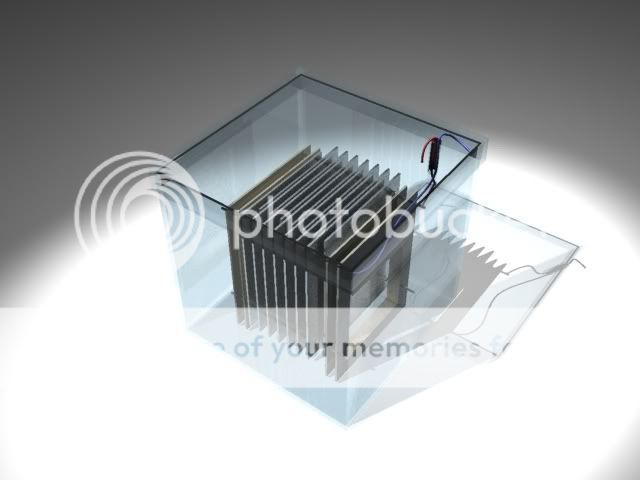JoKKeR
Full Member level 2
hydrogen generator with razor blades
I need to get capacitor breakdown effect (ping effect)
Ill bring up example to create better view.
Iv got 2 metal plates. distance is about 1 cm. I need charge to ping from 1 plate to 2. plate.
Something like that, i do not it for visual effect...

Can u bring up some equations what can help me....
-------------------------------------------------------------------------------------------
So iv made sketch but iv got no idea what output do i need. I need it for electrolysis.

What transformer do i need, can i find 1 with ratio 100+ ? How much VA i need ?
So far as i know i need hight voltage to get breakdown (ping), i no not need hight amperage in output right ?[/img]
I need to get capacitor breakdown effect (ping effect)
Ill bring up example to create better view.
Iv got 2 metal plates. distance is about 1 cm. I need charge to ping from 1 plate to 2. plate.
Something like that, i do not it for visual effect...

Can u bring up some equations what can help me....
-------------------------------------------------------------------------------------------
So iv made sketch but iv got no idea what output do i need. I need it for electrolysis.

What transformer do i need, can i find 1 with ratio 100+ ? How much VA i need ?
So far as i know i need hight voltage to get breakdown (ping), i no not need hight amperage in output right ?[/img]

